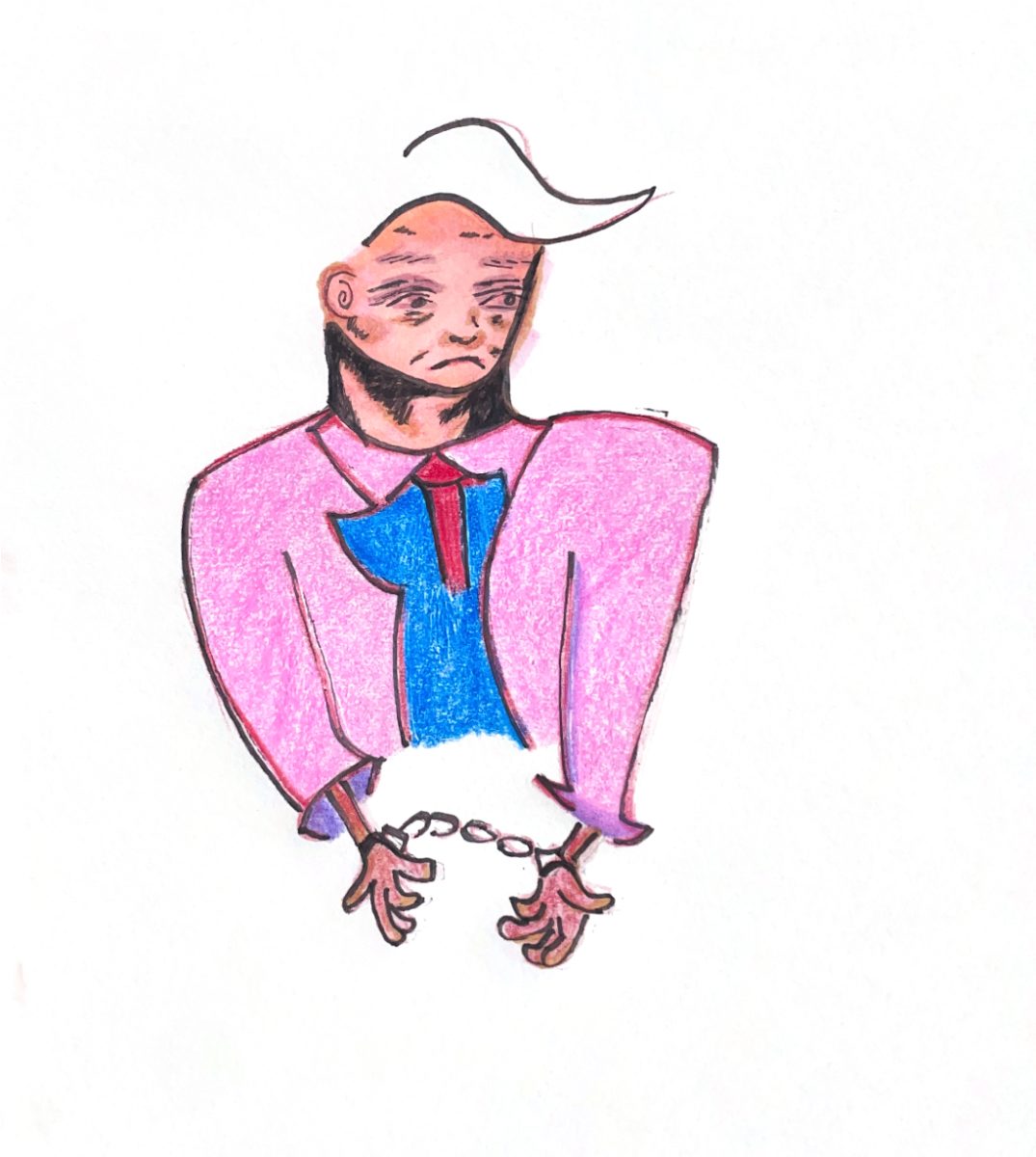Spoilers ahead:
Rosemary’s Baby is a horror classic memorable for both the film’s horrific plot and the historic events that occurred in the life of its director, Roman Polanski.
The darkest element of the film’s tragic irony is that despite Polanski’s contempt for sexual assault (as addressed throughout several of his movies), he committed the very act he vilified by raping a minor.
While the relevancy of Rosemary’s Baby can be appreciated, it does not dismiss the actions of Polanski.
Rosemary Woodhouse and her husband Guy have moved into a gorgeous Manhattan apartment, previously inhabited by a recently deceased older woman. Their neighbors are old, nosey, but seemingly kind and nurturing. It’s hard to believe that neighbors who make you soufflés from scratch might in fact be feeding you Satanic soufflés for sinister schemes.
After dinner with the elder Castevets down the hall, Guy has a change of tune toward the nosey neighbors. He’s eager to please them, and evasive to Rosemary’s eye. He proposes that it’s time to make a baby, and the eager-to-please Rosemary gleefully consents.
This will be the last time she consents without coersion.
Those Satanic soufflés drug Rosemary, and viewers witness one of the most simultaneously hypnotic and hellish sequences of modern cinema.
As she drifts in and out of a vivid, foreboding dreamscape, Rosemary’s body is lifted from her bed and placed on a ritualistic slab. Her eyes are open, but she doesn’t see what’s happening until it’s too late.
The rape of Rosemary Woodhouse is wretched. The audience is to believe it’s horrific because she is raped by Satan, but the reality of her situation is much worse: she is cast off by her husband, who then claims he raped her himself while she was asleep.
This is one of the earliest examples in a film when the word “rape” is spoken. In fact, while Rosemary is waking up, she mumbles, “I dreamt someone was raping me,” to which Guy replies, “Thanks a lot.” He then proceeds to suggest he couldn’t help himself. It seemed kind of fun.
The subject matter itself might not have prompted the conversation it would today, specifically because spousal rape was not a crime in New York State until 1984.
Herein lies the real outrage of Rosemary’s situation. That her husband wouldn’t need her consent to penetrate her body suggests her body is not her own. Her body is a means to an end. Her body is a vessel, and from that night on, she is stripped of personal agency.
Strip away the devil worshippers, the Gothic Manhattan interiors and the pastel mumus, “Rosemary’s Baby” is a commentary on bodily autonomy.
The only moment we see Rosemary do something without the say or influence of anyone else is when she cuts her hair, to which her husband so lovingly replies: “I hope you didn’t pay for that.” You’re a real catch, Guy.
The word “abortion” even makes its way into the film, another milestone for 1968 mainstream cinema. While Rosemary assures her friends she won’t seek an abortion despite outrageous pregnancy pains and the unorthodox medicating of her Witch Doctor (pun absolutely intended), the reality of her situation is that she wouldn’t be able to even if she wanted to. Her small little world, her micro-society on the seventh floor has created a tightened noose around her, ready to yank her back into their line of sight. She is a means to an end.
Such a view of women persists even today. Women have been politicized, defined by their womb and child-bearing attributes.
Congress could not pass a proposed $1.1 billion funding package to fight Zika because Democrats felt Republicans attached language that would prevent funding for Planned Parenthood and other women’s health clinics.
Senator Marco Rubio (R-Florida) doesn’t believe a woman infected with Zika ought to have access to abortion, even if the fetus would develop and be born with microcephaly.
In Texas, The Heidi Group received $1.6 million from the “Healthy Texas Women” program, recently created by lawmakers to help women find health care services paid for by the state.
The Heidi Group, led by anti-choice figure Carol Everett, claims to promote “alternatives to abortion to low-income women,” according to The Texas Tribune.
However, these “alternatives” are nothing more than erasure of bodily autonomy and the promotion of the idea that women are incubators.
According to the Yale Journal of Law and Feminism, “a state which deliberately restricts a woman’s right to terminate her pregnancy, thus forcing her to endure an unwanted pregnancy, violates her fundamental right to bodily integrity.”
It seems that over time, the alleged rights of the fetus have compromised the rights and privacy of women.
Even without knowing she was carrying the spawn of Satan, Rosemary was never able to consent to its initial conception in the first place. Her experience – her truth – was silenced for the sake of Satan.
When speaking at the Kennedy Center on the importance of film preservation in 2013, Martin Scorsese stressed the importance of “moving images that engage humanity and intelligence . . . like books, films have the ability to tell us who we are.”
The real evil of “Rosemary’s Baby”, is the existence of rape and sexual assault, exists today. And until it can be completely eradicated, women ought to maintain their right, their choice, to expel what the Devil hath done.











